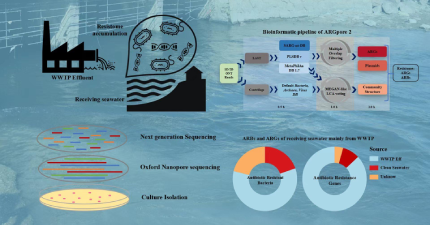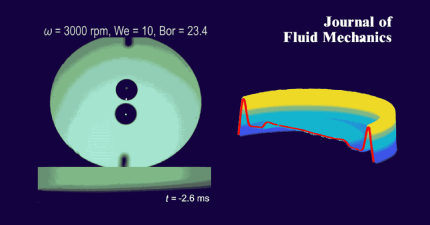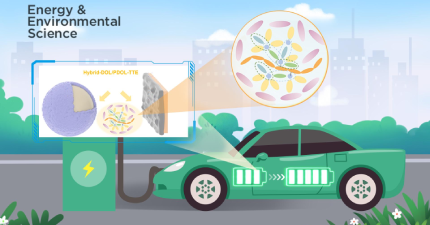Engineering electrodes with robust conducting hydrogel coating for neural recording and modulation
Dec 08, 2022
Bioelectronics capable of interfacing with neural systems could not only provide valuable insights into the underlying neural dynamics of complex clinical phenomena, but also deliver diagnostic solutions to neurological diseases. These bioelectronic devices have recently emerged as one of the promising routes for treating various neurological disorders/diseases, such as Parkinson’s, for which deep-brain electrical stimulation has proven to be highly effective.
Conductive polymers (such as PEDOT:PSS polymers or hydrogels) are recognized as neural interface materials with excellent comprehensive properties, owing to their excellent electrical/electrochemical properties and biocompatibility. However, the fragile interface between the conducting polymer and the electrode in a wet physiological environment has greatly limited their utility and reliability. The key limitation arises from the repetitive volumetric expansion/shrinkage during deep-brain electrical stimulations, which further increases the susceptibility to fatigue crack propagation and/or delamination of the conducting polymer coatings (Figure 1a).
Therefore, long-term interfacial robustness is critical to the efficiency and the lifetime of these conducting polymer-coated bioelectrodes, and addressing this limitation could potentially advance the clinical success of bio-electronics for long-term neural interfacing.
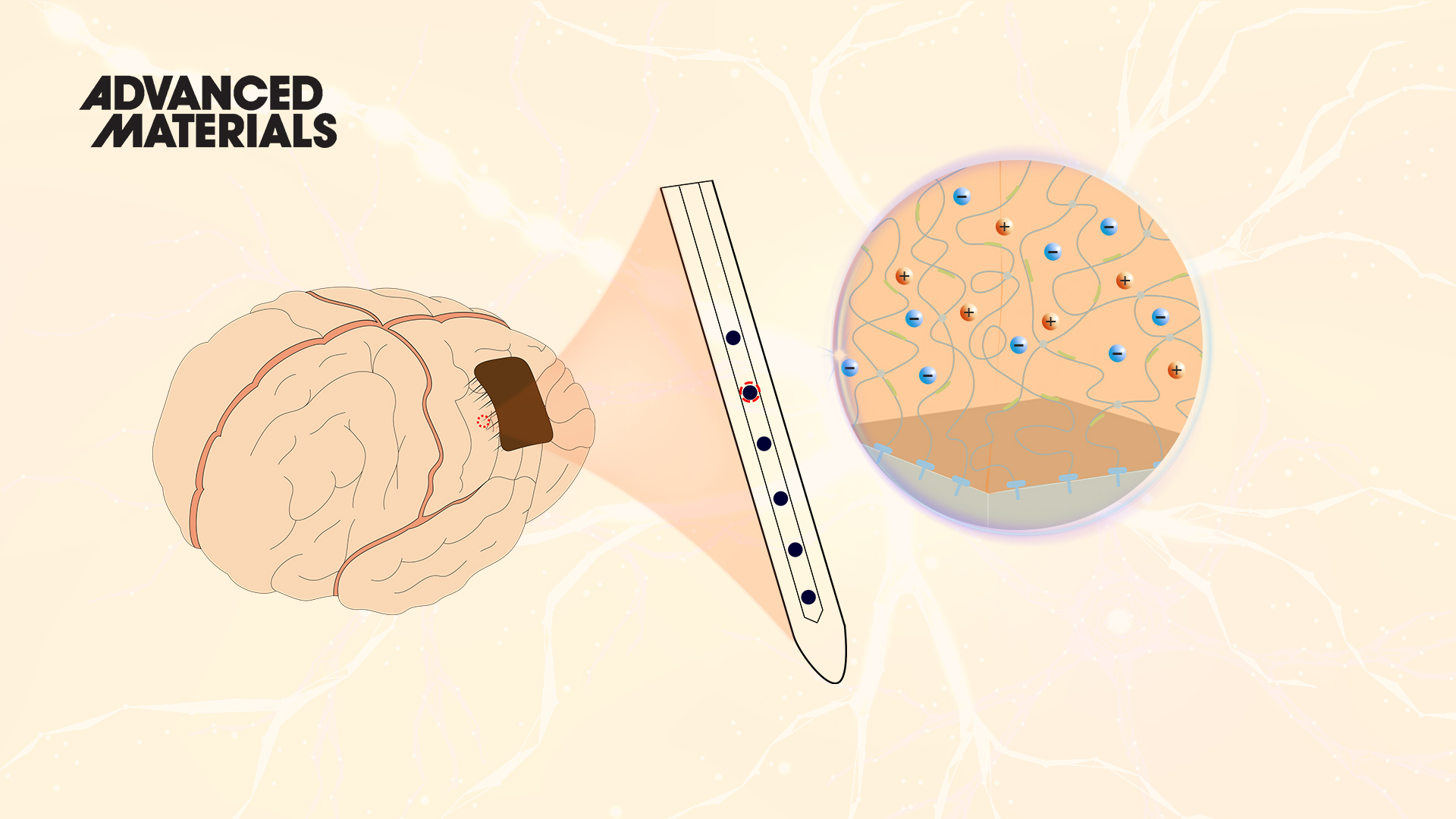
Based on this, Associate Professor Ji Liu’s team from the Department of Mechanical and Energy Engineering at the Southern University of Science and Technology (SUSTech) collaborated with a research team from the Shenzhen Institute of Advanced Technology, Chinese Academy of Sciences (SIAT) to come up with a general yet reliable approach to engineer a robust conducting hydrogel coating on conventional metallic bioelectrodes.
Their paper, entitled “Engineering Electrodes with Robust Conducting Hydrogel Coating for Neural Recording and Modulation,” has been published in Advanced Materials.
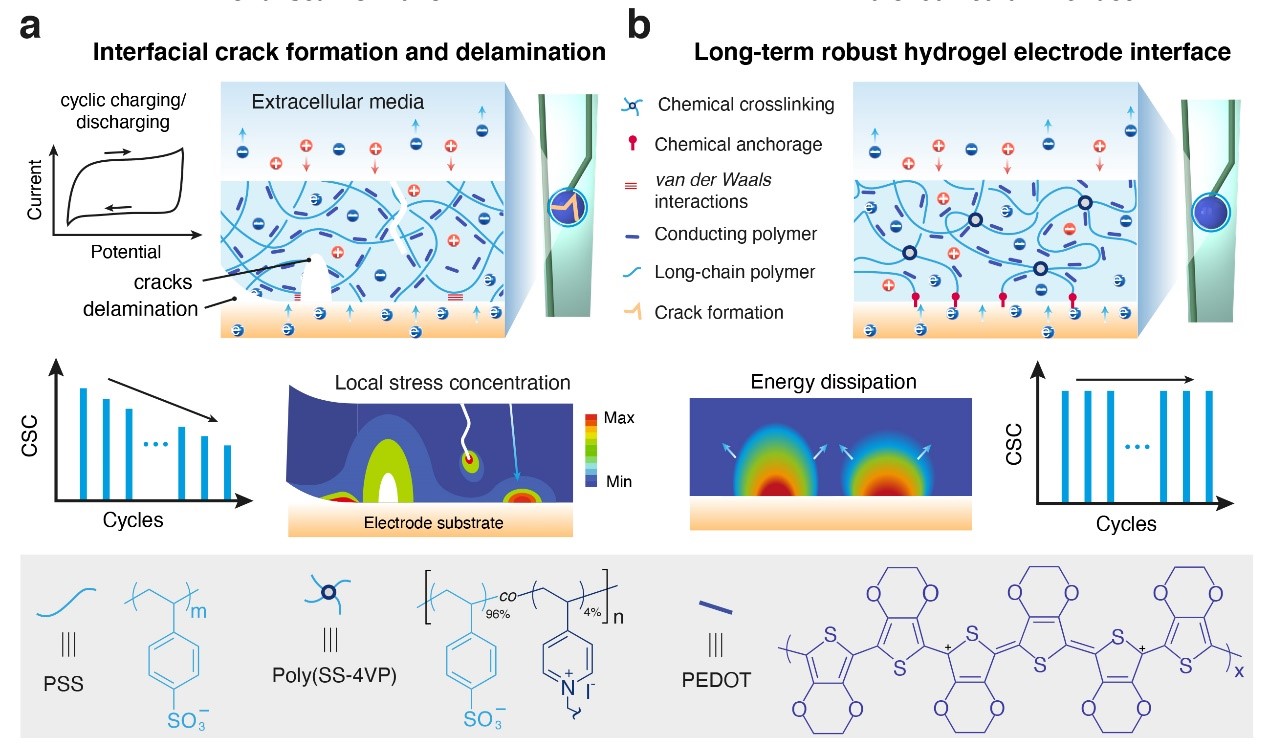
Figure 1. Neural electrodes interfacing with robust conductive hydrogel coating
The fabrication approach involves the chemical grafting of functional long-chain polymer (poly(styrene sulfonate-co-4-vinyl pyridine), Poly(SS-4VP)) onto metallic substrates, followed by electrochemical deposition of conducting polymers (i.e., PEDOT) and chemical crosslinking, yielding a PEDOT:Poly(SS-4VP) interpenetrating network (Figure 1b). In addition to its ability to form a conformal interface with rigid electrodes, the coating also features highly-desirable electrical conductivity and long-term electrochemical stability, enabling high-quality recording of electrophysiological signals.
Prof. Liu’s team further developed the application of PEDOT:Poly(SS-4VP)-coated bioelectrodes for in vivo real-time recording of neural activities. No interfacial failure was detected during the long-term recording within the dorsal hippocampus (dHPC) of rat models, as well as no notable deterioration in the recording efficacy.
They evaluated the evolution of electrochemical properties of PEDOT:Poly(SS-4VP) hydrogel coatings on ITO-glass by a multiple-cycle charging-discharging process (Figure 2a). They found that the electroactivity of PEDOT:PSS coating obtained by direct electrochemical deposition significantly decreased (ca.45%) after 10,000 cycles, which could not meet the requirements for in vivo applications (Figure 2b-c). On the contrary, the CV curves of the PEDOT:Poly(SS-4VP) layer experienced a decrease of ca.9% in CSC after 10,000-cycle scanning, corroborating its superior electrochemical and structural stability (Figure 2b-c). In addition, they also investigated the stability of this conductive polymer hydrogel coating by mechanical ultrasound (Figure 2d), and PEDOT:Poly(SS-4VP) coating shows higher stability than PEDOT:PSS obtained by direct electrochemical deposition (Figure 2e-f).
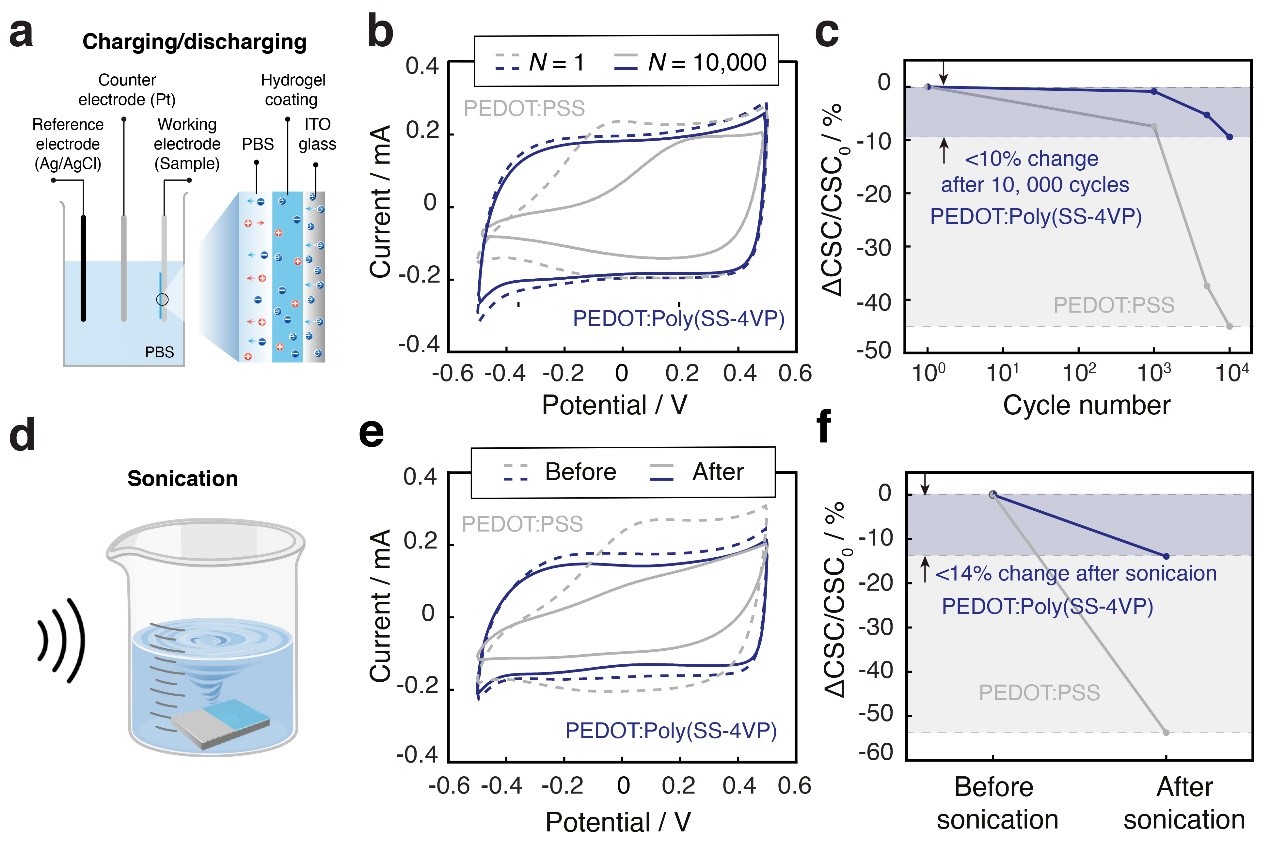
Figure 2. Electrochemical stability of the conducting polymer layers
The ability to construct a long-term intimate interface with soft tissues is a vital factor for neural probes to provide reliable recording of neural activity. They implanted such bioelectrodes with PEDOT:Poly(SS-4VP) hydrogel coating into the mice’s bilateral d HPC to evaluate its performance in long-term electrophysiological recording (Figure 3a). Thanks to the mechanical robustness, the conductive polymer hydrogel/electrode interface remained stable during the 4-week electrophysiological recording. The impedance value at 1 kHz was consistently below 250 kΩ, ensuring high-resolution electrophysiological recordings (Figure 3b-h).
In summary, the construction strategy of such conductive hydrogel coatings provides technical support for the construction of high-performance neural interfaces and the development of a new generation of brain-computer interface technologies, such as electrophysiological recordings of neurological diseases and bioelectronic therapy.

Figure 3. In vivo electrophysiological signal recording and electrical stimulation
Jiajun Zhang, a graduate student of Assoc. Prof. Ji Liu’s team, along with Lulu Wang and Yu Xue, Ph.D. candidates from SUSTech, are the co-first authors of this paper. Assoc. Prof. Ji Liu and Prof. Yi Lu are the corresponding authors.
This work was supported by the National Science and Technology Innovation 2030 – Major Project of “Brain Science and Brain-Like Intelligence Technology”, Natural Science Foundation of Guangdong Province, Basic Research Program of Shenzhen, Centers for Mechanical Engineering Research at MIT and SUSTech, and Science, Technology and Innovation Commission of Shenzhen Municipality.
The authors acknowledge the AFM testing support from the Shenzhen Key Laboratory of Full Spectral Solar Electricity Generation (FSSEG) and the technical support from SUSTech Core Research Facilities. The authors also recognize Dr. Shaoting Lin of MIT, Mr. Xiaokang Wang, and Prof. Kejie Zhao, both of Purdue University, for their helpful discussion and suggestion on the theoretical modelling.
Paper link:
Latest News
Related News




